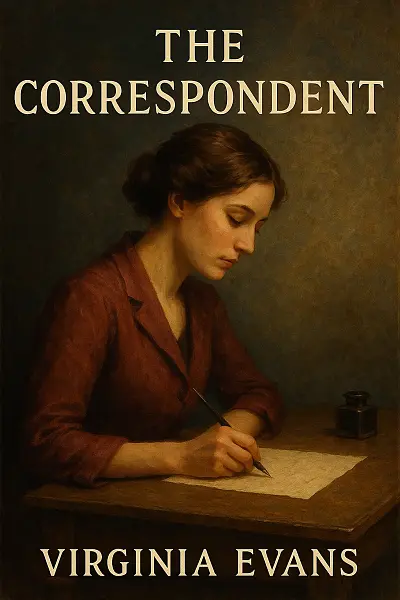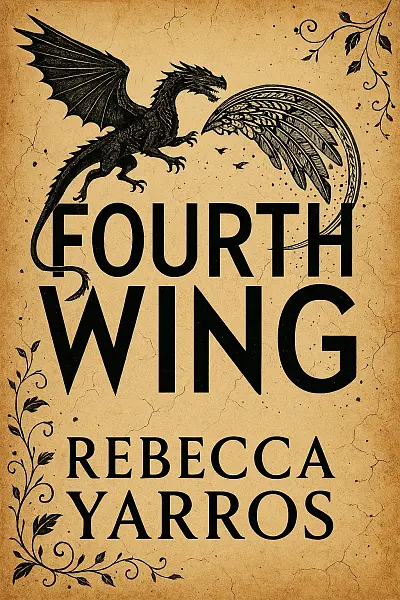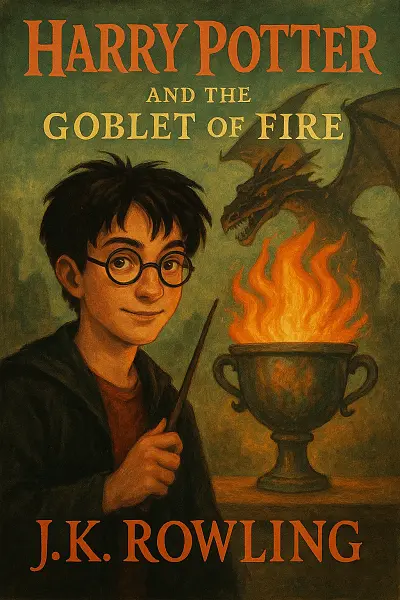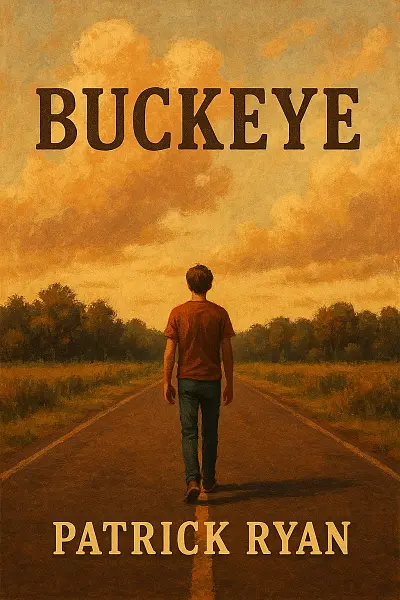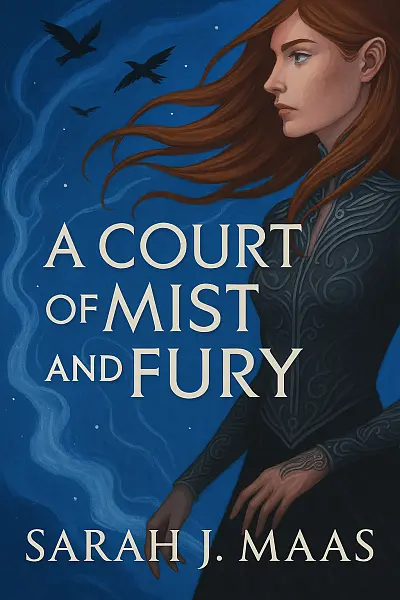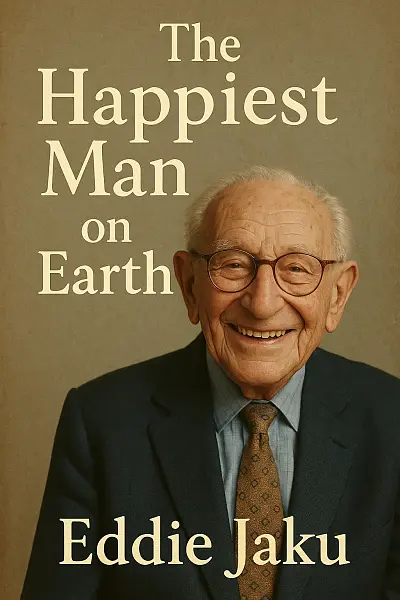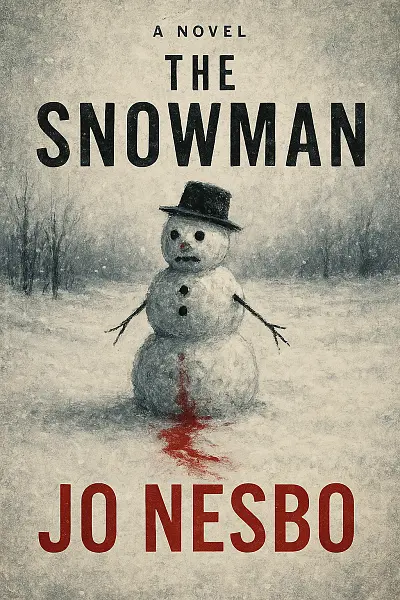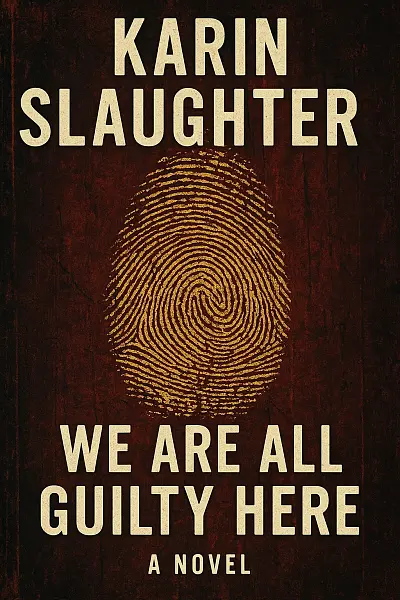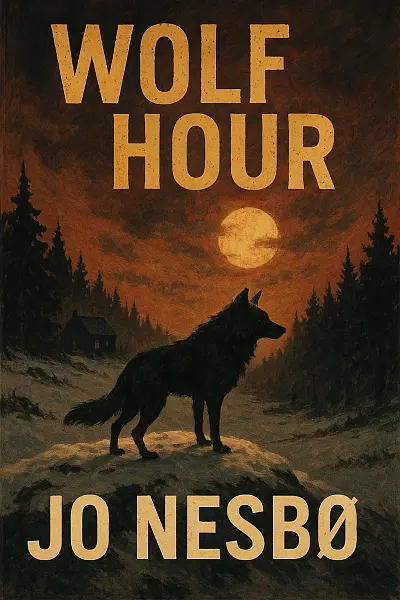
Wolf Hour
by: Jo Nesbø
Detective Bob Oz works the gritty streets of Minneapolis, feisty but weary, chasing justice through everyday darkness. That routine shatters when a small-time crook is gunned down by a mysterious sniper—the city’s worst nightmare realized, and Oz is the only one who seems to get how high the stakes truly are.
Just as Oz digs in, another killing rocks the city. There’s a chilling pattern: this killer wants attention—a story to tell, and only blood will tell it. Oz gets drawn into a twisted game, haunted by the idea that the murderer might share his own restless drive for recognition.
The deeper he gets, the more the line blurs between hunter and hunted. With the body count rising and the city on edge, Oz faces the chilling possibility: is he chasing a killer, or himself?
Jo Nesbø’s Wolf Hour is tense and relentlessly dark, with a psychological edge that keeps you guessing—are we ever really any different from our monsters?
"In the silence between a question and its answer, we often find the wolf waiting—neither enemy nor friend, but the mirror of our own darkness."
Literary Analysis
Writing Style
Atmosphere
Think haunting, claustrophobic, and tense. Nesbø masterfully plunges you into Norway’s snow-blanketed wilderness, where isolation presses down like a heavy winter sky. The world feels on edge—crisp winds, creeping shadows, and something sinister just out of sight. Each chapter amps up the sense of lurking dread, so you’ll probably want to keep the lights on.
Prose Style
Nesbø’s prose is direct yet cinematic. There’s an almost chilly precision to his sentences—no word wasted, every description sharply visual but never overdone. Dialogue snaps with authenticity, while inner monologues reflect a raw, unsettling vulnerability. The language hits hard when it needs to, but you won’t get bogged down by flowery excess.
Pacing
Edgy and relentless with expertly timed lulls for breath. The narrative zips along, propelled by short, punchy chapters—think page-turning urgency punctuated by the occasional simmer of suspense. Nesbø is a pro at making you linger just long enough in tense scenes before delivering a twist or emotional gut punch. Just when things seem ready to slow, he throws another fuel-soaked log on the fire.
Characterization
Complex, flawed, and utterly magnetic. Characters aren’t sketched—they’re carved. People here are battered by secrets and guilt; you’ll feel the friction between their surface calm and private storms. Nesbø specializes in damaged souls rather than clear-cut heroes or villains, so expect messy morality and believable, sometimes heartbreaking, motivations.
Mood and Feel
Dark, psychological, and deeply immersive. This one’s for readers who want their thrillers frosted with existential chill. The emotional temperature drops alongside the plot twists, leaving you with goosebumps that linger even after the book’s final page.
Overall Rhythm
Sharp bursts of adrenaline, interspersed with slow-burn anxiety. Wolf Hour never lets the tension fully dissipate, so prepare for a rollercoaster of high-octane suspense and brooding introspection. It’s addictive—one of those books you finish with racing heart and unsettled mind.
Key Takeaways
-
Midnight standoff in the Swedish wilderness—tension so thick you could slice it
-
Katja’s haunted memories flash between chapters, adding a slow-burn psychological edge
-
Twisted alliances: the hunter becomes the hunted in one brutal, snow-choked scene
-
Lean, icy prose—every sentence feels sharpened and dangerous
-
Mikael’s unraveling sanity turns the forest into a living nightmare
-
"Wolf tracks in fresh snow... and a heart-stopping betrayal you won't see coming"
-
Moral ambiguity runs wild—who’s the real predator when survival’s at stake?
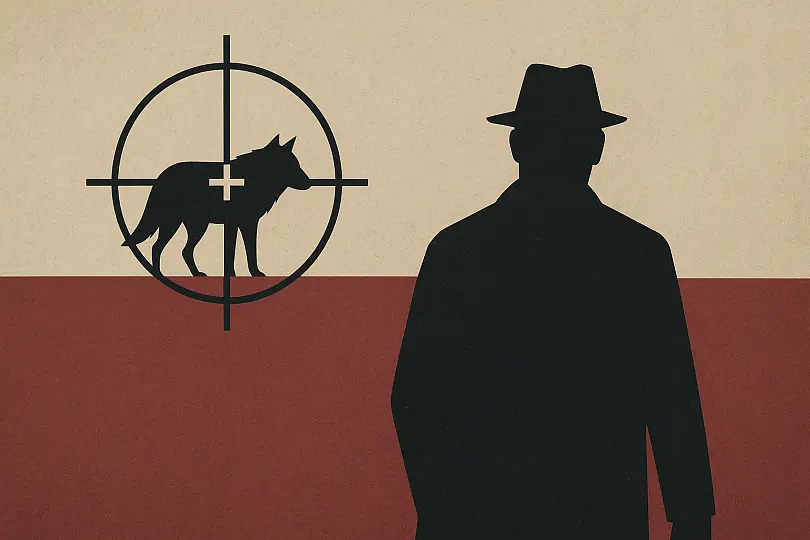
When darkness hunts the hunted—Nesbø’s rawest thriller yet
Reader Insights
Who Should Read This
If you love gritty crime novels and can’t get enough of dark Nordic noir vibes, Wolf Hour is gonna be your jam. Seriously, Jo Nesbø's signature style is all over this—so if you’re already a fan of Harry Hole or authors like Stieg Larsson, you’ll feel right at home. Anyone who craves layered mysteries, morally complex characters, and that slow-burn tension will probably devour this one in a weekend. 😎
But, just a heads-up—if you prefer stories that are lighthearted or fast-paced with constant action, this might feel a bit too heavy or unsettling. Nesbø doesn’t shy away from bleak themes or gritty realism, so sensitive readers or anyone who wants fluffier mysteries will probably want to skip it.
Here’s who’s gonna vibe with Wolf Hour:
- True crime junkies and dark thriller fans
- Readers who love deep dives into character psychology
- Anyone who enjoys a twisty, atmospheric plot
- People who want their mysteries more moody than cozy
You might want to pass if:
- You’re looking for a feel-good, uplifting story
- Violence or darker themes aren’t your thing
- Stories that slowly unravel (rather than being all-out action) tend to lose you
Bottom line: If you lean into chilly, complex crime stories and love untangling puzzles with flawed, intriguing characters, definitely give this a go. If you need a break from the shadows, maybe save Wolf Hour for another time!
Story Overview
Stranded in a remote Tanzanian village, Norwegian novelist Karsten Schellenow is haunted by secrets from his past as he struggles to find purpose in his new life.
When a mysterious stranger arrives, unsettling tensions simmer and the lines between danger and redemption blur.
With moody, atmospheric suspense and rich character dynamics, Wolf Hour unspools a slow-burn psychological thriller where trust is rare and survival means facing more than just external threats.
Main Characters
-
Ulf (Ulv): Reluctant hitman on the run, searching for redemption while hiding in a remote village. His internal struggle and evolving conscience form the emotional backbone of the story.
-
Lea: Reserved pastor and single mother who befriends Ulf. Her quiet strength and compassion provide hope and moral guidance, influencing Ulf's transformation.
-
Kniv: Menacing crime boss whose relentless pursuit of Ulf drives the suspense. Symbolizes the inescapability of Ulf’s past and the dangerous world he left behind.
-
Krysia: Lea’s young son, whose innocence and curiosity challenge Ulf’s notions of trust and fatherhood, adding a tender layer to the narrative.
-
Matti: Gruff yet loyal local who becomes Ulf’s unlikely ally. Represents the harsh realities and quiet kindness of the isolated community.
If You Loved This Book
If you found yourself captivated by the psychological depth and raw tension of The Girl with the Dragon Tattoo, Jo Nesbø's Wolf Hour delivers a similarly gripping blend of dark intrigue and flawed, fascinating protagonists. Like Stieg Larsson’s novel, Wolf Hour plunges readers into a world where trust is scarce, secrets fester beneath the surface, and investigators are haunted by both their cases and their own inner demons.
Fans of Gillian Flynn’s Gone Girl will appreciate Nesbø’s deft manipulation of perspective and his penchant for twisty, unpredictable plotting. Both authors excel at peeling back layers of deception, offering up shifting truths that keep readers guessing right up to the final pages. The storytelling here is just as propulsive, full of sharp turns that are as psychologically driven as they are suspenseful.
In terms of atmosphere, Wolf Hour conjures up a cinematic mood that recalls the brooding, morally ambiguous tone of True Detective’s first season. The novel’s stark Nordic landscapes and relentless sense of unease echo the gritty, slow-burn intensity seen on screen—expect icy backdrops, wounded heroes, and a creeping sense of existential dread that lingers long after the final chapter.
Expert Review
What do we become when we chase evil down dark alleys—justice incarnate or a mirror image of what we hunt? Wolf Hour by Jo Nesbø asks this question with ferocity, pulling readers into the shadowy corridors of morality and obsession. In a world where violence echoes through cold city streets, Nesbø turns the classic cat-and-mouse into something darker, rawer, and unmistakably timely. As society teeters on brinkmanship and personal demons demand reckoning, this book doesn't just want to entertain; it wants to unsettle.
Nesbø’s craftsmanship is as razor-sharp as ever. His lean, muscular prose slices through each chapter, refusing to dawdle yet never feeling rushed. The dialogue snaps with authenticity, particularly in detective Bob Oz’s exchanges—courtesy of Nesbø’s knack for rendering complex inner lives in deceptively simple language. Call it maximal minimalism: settings described in a brushstroke, character motives revealed in a glance, and an omnipresent tension underpinning every scene. Flashback interludes and fragmented perspectives create a disorienting effect that mirrors the protagonist’s own slipping grip on certainty. At its best, the narration is a controlled burn. Yet, the pacing stumbles midway. As the twists accumulate, a faint sense of repetition and over-calibration creeps in; the machinery of the thriller occasionally whirs too loudly, momentarily overshadowing emotional resonance. Still, Nesbø’s mastery in balancing suspense with psychological insight ensures the reader’s nerves never fully settle.
Beneath the violence, Wolf Hour is an inquiry into the nature of solitary rage and communal fracture. Oz’s hunt for the sniper becomes a meditation on masculinity, justice, and the thin, permeable line between predator and protector. Nesbø leverages the urban American setting not just for gritty ambiance, but as a canvas for exploring alienation, systemic rot, and the seduction of vigilantism—making the novel uncannily reflective of contemporary anxieties. The killer’s methods and motives prod at uncomfortable truths: how trauma spirals, how institutions fail their keepers, how unchecked anger metastasizes. Wolf Hour asks whether catching the monster can be as corrupting as letting one roam free—a thematic depth that gives the story real staying power. If anything, Nesbø can be accused of occasionally spelling out his philosophical stakes too plainly, but his refusal to tie up moral threads is a rare strength.
For readers of Scandi-noir and fans of Nesbø’s Harry Hole series, this standalone proves he can bend (and sometimes break) the genre’s rules. Where Nesbø’s earlier work leaned on grisly set pieces and brooding detectives in Oslo backdrops, here he adopts an American register without losing his peculiar Nordic chill. It’s less gothic, more procedural grit—think Michael Connelly by way of Norwegian existentialism. Compared to current thrillers rife with formula, Wolf Hour is admirably unpredictable and bleaker without ever sinking into cynicism.
Wolf Hour is not perfect—the pacing can drag and certain revelations feel calculated—but its visceral suspense, thematic ambition, and brutal honesty are undeniable. Nesbø reinvents his signature tension for a world in crisis and delivers a thriller that feels both classic and freshly urgent. If you crave crime fiction that unsettles as much as it excites, this book matters—right now.
Community Reviews
I can’t stop thinking about that scene with the snow and the silent phone call, it clung to me like a second skin. Nesbø twisted my night into knots, sleep became a joke. Why do I do this to myself?
ok but that scene with the ticking clock and Harry’s trembling hands? i literally couldn’t breathe. time warped around me. sleep? forget it. jo nesbø, why do you do this to people?
Did not expect that gut punch when the phone rang at 3 a.m. The way Jo Nesbø crafts that scene with Wolf lurking outside the door completely derailed my night, had to check my locks twice before I could even try to sleep.
i was ready to bail when the night scene crawled on, but then Harry’s stubbornness yanked me back in. seriously, one page and suddenly I cared way too much.
Right when I thought I could put Wolf Hour down, that twist with Mimmi hit and I was done for. How can a character feel both so broken and dangerous? Jo Nesbø truly knows how to mess with your head.
Cultural Context & Discussion
Local Perspective
Wolf Hour by Jo Nesbø clicks on a whole different frequency for readers here, thanks to some fascinating cultural echoes:
- The story’s atmosphere of moral ambiguity and urban darkness strongly resonates with our nation’s own noir-inspired literary scene, where ethical dilemmas and shadowy protagonists have always felt right at home.
- Themes of corruption, justice, and redemption call to mind historic eras of social upheaval, especially the fight for accountability during turbulent decades—think of those intense transitional periods in our politics when society craved both truth and stability.
- The collective trauma and resilience portrayed in the book harmonizes with cultural values around perseverance and community support—things we really cherish and relate to deeply.
- Certain plot turns—like the tension between personal loyalty and public duty—take on sharper stakes here, because our recent social movements have grappled with similar divides.
In short, Wolf Hour isn’t just a thriller; it reflects, challenges, and sometimes celebrates our own cultural mythology.
Points of Discussion
No major controversies have surrounded Wolf Hour by Jo Nesbø.
Notably, this thrilling novel has bolstered Nesbø’s reputation as a modern master of Nordic noir, drawing international acclaim for its tense atmosphere and psychological complexity. Its widespread popularity has helped introduce even more global readers to Scandinavian crime fiction, further cementing Nesbø’s place among the genre’s giants.
